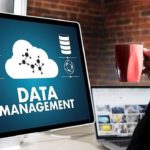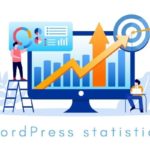We are heading into the holiday season and it is a perfect time to start talking about bringing people close together. Data literacy programs are a great way for employees to come together within companies that want to become data-driven. How can your organization improve data literacy by implementing data analytics processes?
Data literacy is the ability to use data effectively. It can be applied in a variety of fields, such as business, health, science, and education. To build and implement an effective training program, it is important to understand the different aspects of data literacy. This article will discuss how to build a data literacy training program that is tailored to the needs of your organization.
Designing data literacy training programs
Once the executive group has committed to the training program in data literacy, it’s now time to devise a process for your team. One-size-fits-all approaches are unlikely to work since different levels of data literacy will be required. DataManagementU recommends that data and analytics managers assess the skills within their organization using the following questions.
Questions to assess the data skills of your organization
- How many people within your business are capable of interpreting simple statistical operations such as correlations and judging averages?
- How many managers can build a business argument based upon concrete, accurate, and relevant numbers?
- How many managers could explain the outputs of their systems or processes to you?
- How many data science professionals can explain the outputs of their machine learning algorithms using data science?
- How many customers can appreciate and internalize what you share with them?
It’s crucial to develop a program that is suitable for different levels. European retailer designed an HTML literacy program framework that outlines courses for different levels. The program covers three key categories in data literacy. These include reading, writing, and speaking. Below is a snapshot of the framework.
How to measure your training program’s success?
Measuring the success of a data literacy program and reporting on it to your executive champions are critical steps in maintaining it. A culture of continuous improvement is best if you can measure your progress.
Deloitte advises using ongoing assessments after completing a baseline evaluation of data literacy maturity. A global insurance company split its workforce into discoverers, practitioners, and ambassadors based on their data literacy levels and roles within their organization. Organizations can track progress on a quarterly and annual basis by having users self-report their success. If things aren’t going as expected, the analytics and data team can revisit the course’s design and refine them if necessary. Courses must be relevant to how data science will be applied in daily life.
Removing data access hurdles for business users
To empower business users to become citizen information scientists, it is crucial to remove the obstacles that hinder data access. Self-service business intelligence (bi) has been touted for years as the solution to getting business people to access the data that they require. In reality, however, many of these tools can be difficult to use. Behind the scenes, there’s still a lot to do for the data to be ready for analytics consumption.





